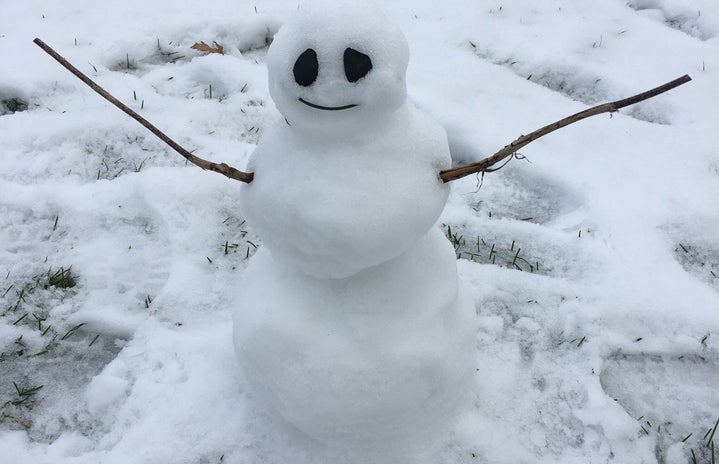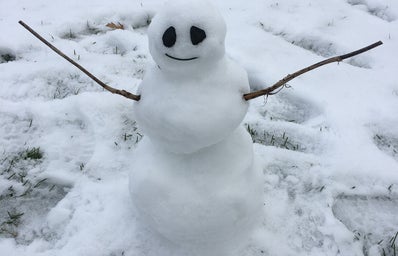The Fall and Winter seasons are some of the happiest seasons for people around the world because of the festivals and events that they bring. At my house, we are usually busy thinking about when we want our Diwali lights to replace the pumpkins on the front door and the best time to put up the Christmas tree. But somewhere in the middle of the festivities, many people struggle to fight their “winter depression.”
Seasonal affective disorder (SAD) is a type of depression that comes and goes in a seasonal pattern.
Though SAD can affect a person any time of the year, the gray winter skies take the biggest toll.
Some of the symptoms of SAD that you can recognize in yourself or a friend are:
- a persistent low mood
- a loss of pleasure or interest in normal everyday activities
- irritability
- feelings of despair, guilt and worthlessness
- feeling lethargic (lacking in energy) and sleepy during the day
- sleeping for longer than normal and finding it hard to get up in the morning
- craving carbohydrates and gaining weight
And obviously, these are only some of the symptoms, and there can be more severe ones as well.
The cause of SAD is not fully realized yet, but it is more often linked to the reduced exposure to sunlight during the shorter fall and winter days.
Lack of sunlight can heavily affect the human brain and refrain it from working properly. This can potentially impact the:
- production of melatonin – melatonin is a hormone that makes you feel sleepy; in people with SAD, the body may produce it in higher than normal levels
- production of serotonin – serotonin is a hormone that affects your mood, appetite and sleep; a lack of sunlight may lead to lower serotonin levels, which is linked to feelings of depression
- body’s internal clock (circadian rhythm) – your body uses sunlight to time various important functions, such as when you wake up, so lower light levels during the winter may disrupt your body clock and lead to symptoms of SAD
It’s also possible that some people are more vulnerable to SAD as a result of their genes, as some cases appear to run in families.
While most of us might be enjoying the fall colors, let’s also look out for those who might not be in the winter spirits.


